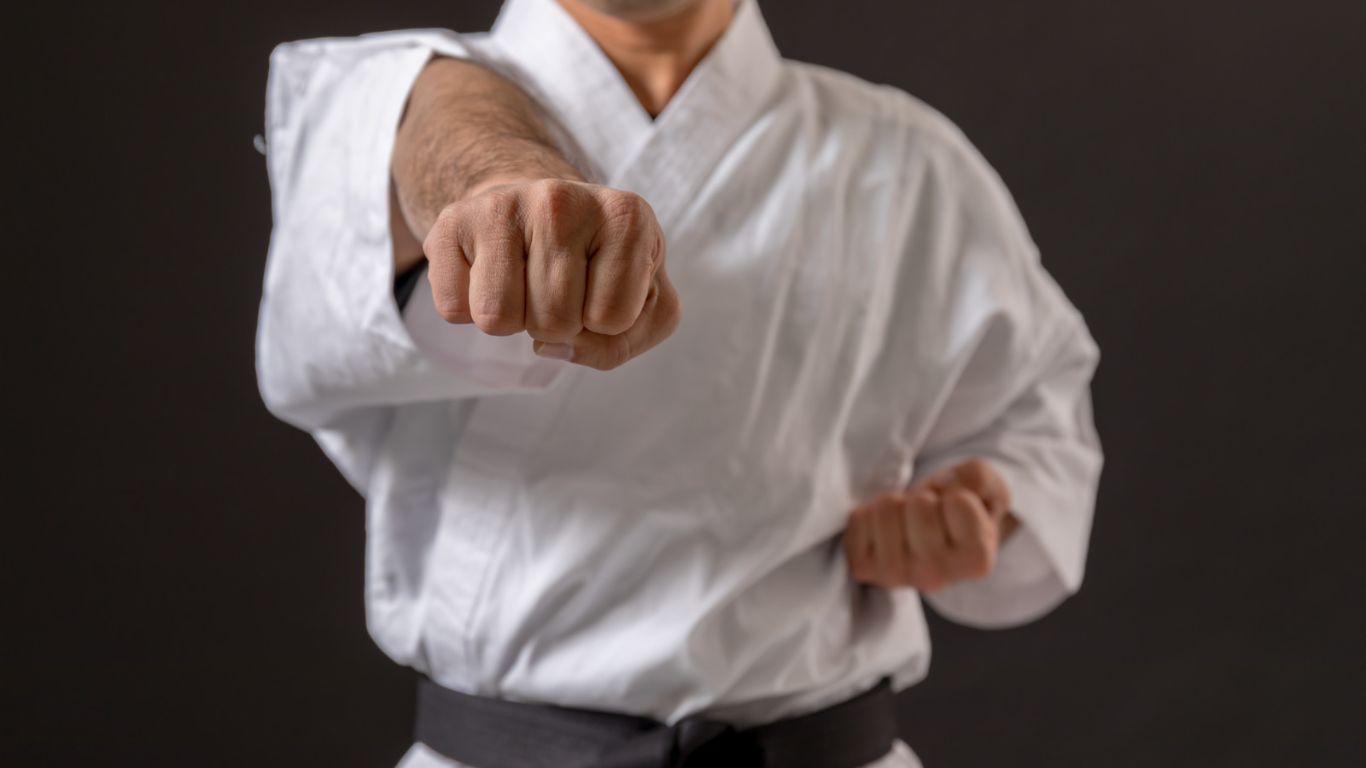The Fore Fist or Seiken is one of the most fundamental techniques in RKD Karate, and its importance cannot be overstated, which is why Yellow Belt is dedicated to application of this technique. The Seiken is a punch that is performed with the first two knuckles of the index and middle fingers, and is used as a primary striking tool in many karate techniques. In this article, we will explore the importance of the Seiken in RKD Karate and how it is used in the practice of this martial art.
The Seiken is considered to be the most important punch in RKD Karate because it is used in a wide range of techniques, from basic strikes to advanced combinations. This punch is also used in grappling techniques, where the practitioner must control their opponent and maintain a dominant position. The Seiken is a versatile tool that can be used in a variety of situations, making it an essential part of a practitioner's arsenal.
The Seiken is also an important tool for developing power and accuracy in striking techniques. The fist is formed in a way that focuses the power of the punch into the striking surface, allowing for maximum impact with minimal effort. The Seiken is also used to develop speed and timing, as practitioners must learn to quickly and accurately deliver strikes in a controlled manner. The development of these skills through the practice of the Seiken can greatly enhance a practitioner's overall ability in RKD Karate.
In addition to its practical applications, the Seiken is also an important symbol of the RKD Karate philosophy. The closed fist represents the idea of unity and focus, as the practitioner must bring their mind, body, and spirit together to effectively perform the technique. The Seiken also represents the idea of discipline and control, as the practitioner must maintain proper form and technique in order to effectively deliver strikes. The Seiken is not just a physical tool, but also a symbol of the mental and spiritual aspects of RKD Karate.
In conclusion, the Seiken is an essential part of RKD Karate and plays a critical role in the development of practitioners. From basic strikes to advanced techniques, the Seiken is a versatile tool that is used in a wide range of situations. The Seiken also represents the philosophy and values of RKD Karate, making it an important symbol of the art. Whether you are a beginner or an advanced practitioner, the Seiken is a technique that is worth mastering and incorporating into your training.



